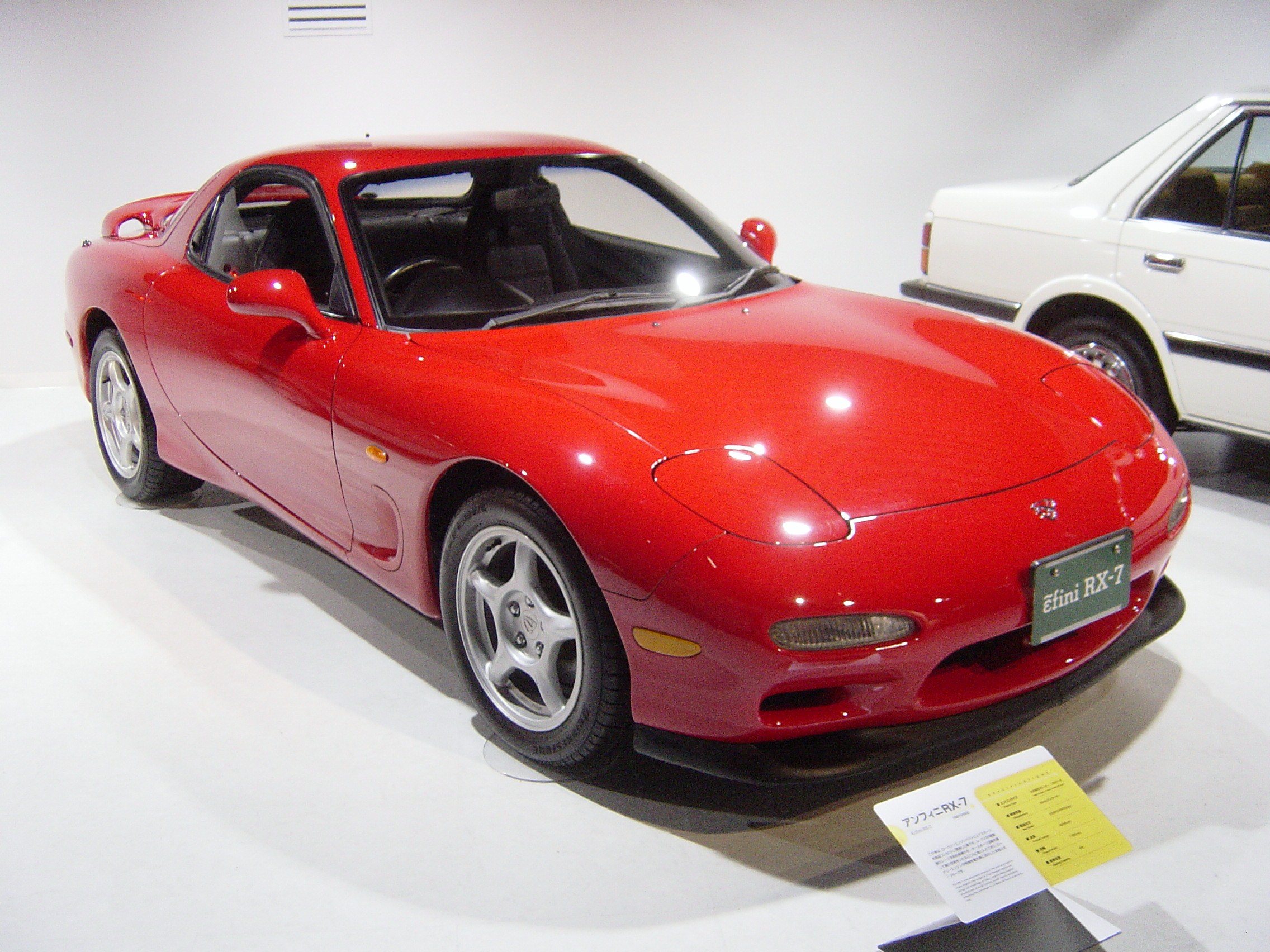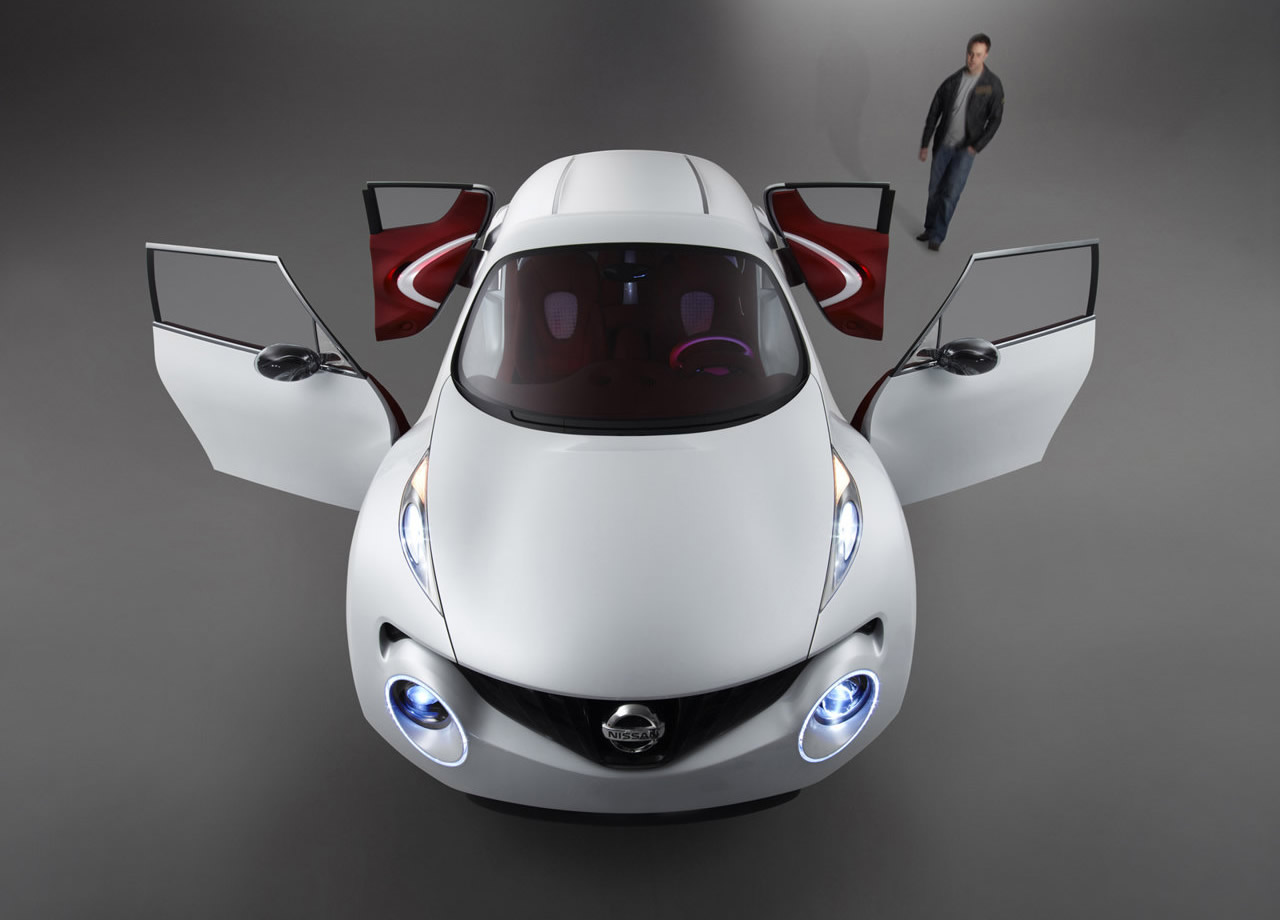
The Opel Insignia is a large family car engineered and produced by Opel, the German subsidiary of General Motors (GM) since 2008, replacing the Opel Vectra. Launched at the 2008 British International Motor Show in London as the Vauxhall Insignia, the United Kingdom market name, the Opel Insignia name is used throughout continental Europe and Ireland, with North American and Chinese-market versions badged Buick Regal. The Buick Regal will also be available in North America from late 2010. In Chile, the Insignia will retain the Chevrolet Vectra name as used by the previous Vectra model. Insignia is also the first production car to feature a dual-function frontal camera with traffic sign recognition. The Insignia was voted 2009 European Car of the Year
 Vauxhall Insignia on the Road
Vauxhall Insignia on the Road
The Insignia offers 30 millimeters (1.2 in) more knee room than the Vectra. Both body variants have identical 4,830 millimeters (190.2 in) length and share the same wheelbase of 2,737 millimeters (107.8 in).
 Vauxhall Insignia Fast Car
Vauxhall Insignia Fast Car Red Vauxhall Insignia
Red Vauxhall Insignia Vauxhall Insignia Interior
Vauxhall Insignia Interior Black Vauxhall Insignia Front View
Black Vauxhall Insignia Front View White Vauxhall Insignia
White Vauxhall Insignia Vauxhall Insignia Modification
Vauxhall Insignia Modification












































